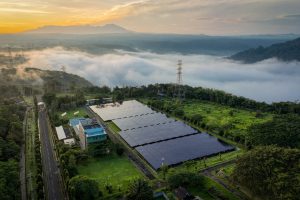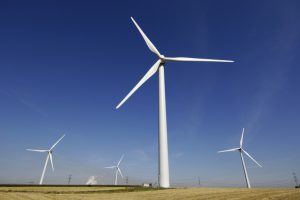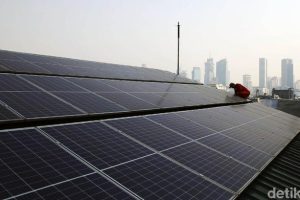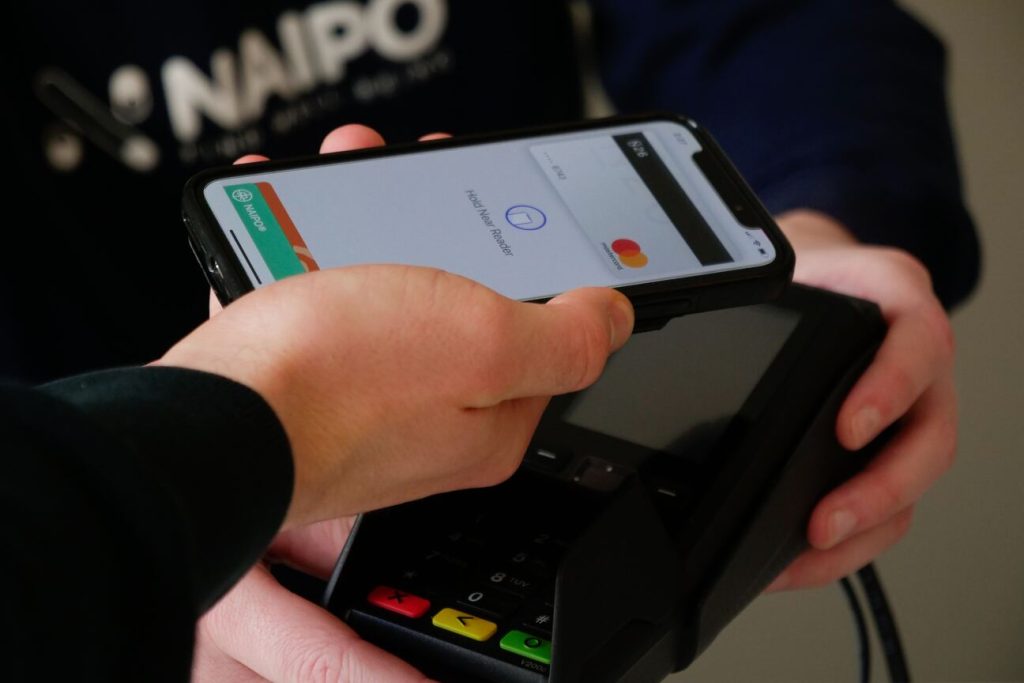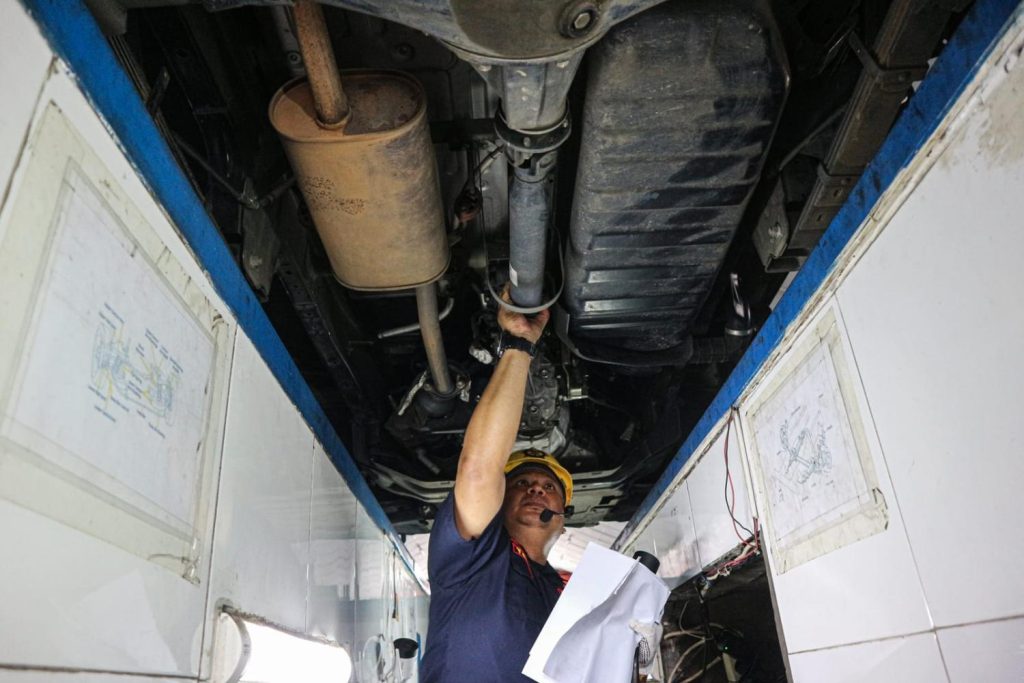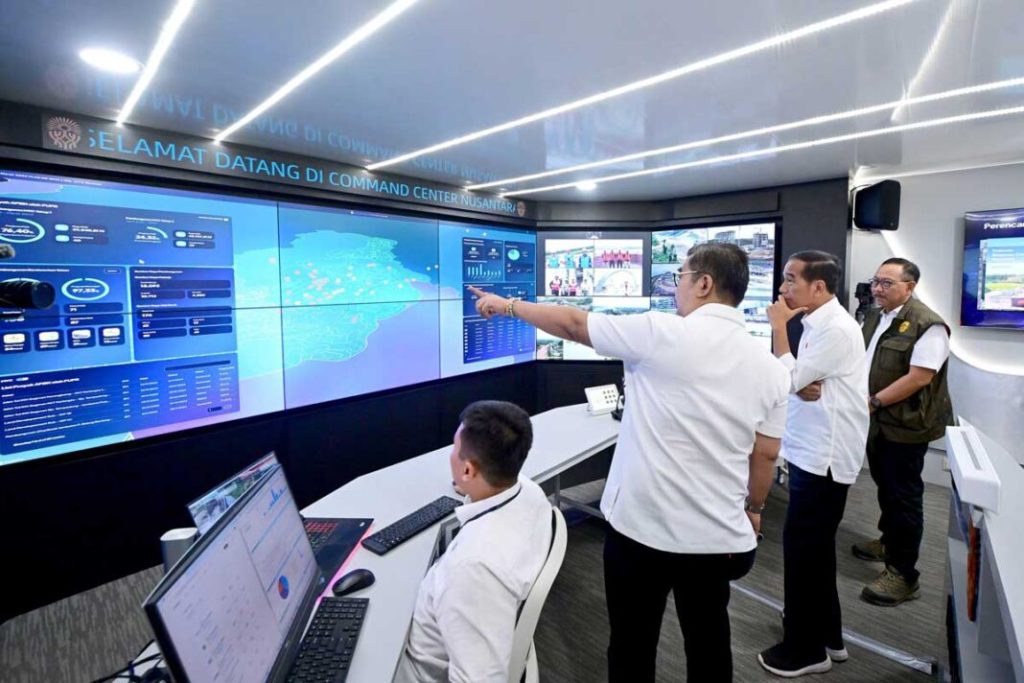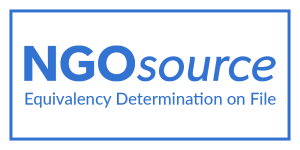Indonesia’s approaches to energy management tend to use supply-side management (SSM), rather than demand-side management (DSM). Despite the inclusion of demand-side management in Indonesia’s current regulations, gaps are still existing in the implementation.
In energy management, SSM and DSM approaches could be used to meet supply-demand balance. The SSM approach includes activities to procure, generate, and distribute energy. This approach tends to boost the energy supply to cover the growth of consumption. Therefore, more power plants will be built, and more oil will be imported to meet the current and future consumption level. Meanwhile, the DSM approach takes demand reduction actions to meet supply-demand balance. According to IEA, DSM is management activities to modify consumption patterns, increase energy efficiency, lower energy demand, and reduce GHG emissions.
DSM approach could be found in Indonesia’s Energy Law. The regulation uses energy conservation term to include DSM activities, such as energy efficiency. Further, the General Plan of National Energy (RUEN) prioritizes renewable energy development and DSM to enhance the country’s energy security. RUEN’s demand modeling finds energy conservation would reduce 17,4% BAU’s demand in 2025. RUEN also mandates achieving a 1% annual reduction in energy intensity and keeping energy elasticity below 1.
Figure 1. Indonesia Final Energy Consumption by Sector (https://datacenter-pyc.org/embed/1461/2/)
In five years, from 2013 to 2018, Indonesia’s final energy consumption increased by 23%, with the transportation sector as the dominant consumer as seen in PYC Data Center (Figure 1). However, households and industrial customers have a higher annual growth at 5.2% and 4% during the same period, respectively, compared to the transportation sector (2.8%). With the current rate, some actions need to be amplified to reduce energy intensity and achieve the RUEN target.
Benefits of demand-side management
DSM implementation could lead to investment, operational, and environmental benefits.
From the investment sides, lower demand could lead to lower capital requirement to build energy supply infrastructure, such as power plant, refinery, transmission, and distribution network. Building a new infrastructure could take a long time and require a large investment. By implementing DSM, the construction of new infrastructure could be delayed or even reduced.
In RUKN, the conservation scenario sees 62 GW lower of new additional power plant capacity than the business-as-usual scenario in 2038. This will significantly reduce investment needs for new gas power plants and coal power plants by 20 GW and 22 GW, respectively.
From the operational side, DSM could lead to lower daily peak demand and reduce the generation from a peaker power plant. Peaker power plant, such as gas power plant, has a more expensive generation cost. Thus, DSM could lower operating costs to provide electricity.
Moreover, less energy consumption could positively impact the environment. Lower consumption levels in the transportation sector would lead to lower pollution, for instance. Energy-efficient processes will also reduce energy generation levels to obtain the same output. With a lower generation of fossil power plants, carbon emission could be lower.
A successful DSM implementation factors
On the individual level, the behavioral barrier hampers the implementation of successful DSM. Energy-saving behavior is essential to reduce energy consumption. Lack of information and understanding of the required action and benefit could be an additional barrier to implementation. Raising awareness programs hence is required in the DSM implementation.
Technology adoption is also a key to enable DSM. The acquisition of low energy and efficient appliances is associated with the reduction of energy consumption. Over the past few years, the development of automation technology, such as the Internet of Things (IoT), provides enhancement options for DSM programs by monitor and control the appliances usage in a smart way. In the industry, procuring energy-efficient machines and retrofitting old, inefficient machine will reduce energy consumption.
However, the acquisition of those technologies requires new investment. Those programs require awareness of the company’s decision-makers on the importance and benefit of DSM. DSM is often considered as an intangible investment as the benefit is difficult to measure. The provision of incentives or disincentives would motivate the company to reduce its energy consumption.
Filling the policy gap
DSM program has been available in Indonesia’s policy. However, gaps still exist in policy implementation.
In Indonesia, implementation of energy conservation is specifically regulated by Government Regulation No. 70/2009. The regulation mandates the arrangement of the National Master Plan of Energy Conservation (RIKEN) as a guideline for energy conservation implementation. After the enactment of the RUEN in 2017, the energy conservation regulation should be revised to align with RUEN targets. Thus, the provision of RIKEN is urgently needed to give a clear pathway for a national program on energy conservation.
Government Regulation No. 70/2009 also enforces energy management and audit for consumers with annual energy consumption of more than 6,000 TOE. The implementation of the regulation, however, is still ineffective. In 2018, only 40% of 306 consumers with consumption of more than 6,000 TOE reported the implementation of energy conservation programs through Energy Management Online Reporting (POME). Lack of urgency is a barrier for the company to report. No powerful incentive and disincentive are existed to force the company to implement energy management and audit.
The provision of energy efficiency standards and labels is also essential. The energy efficiency standard will require manufactured appliances in the market to meet an established energy efficiency level. Moreover, the energy label will provide information to the buyer on the product’s energy efficiency level. Study from Institute for Essential Services Reform (IESR) shows Indonesia’s energy efficiency label uses a lower standard than some international practices. Only labeling for air conditioner and the fluorescent lamp is currently available in Indonesia. So, the current standard should be updated and expanded to other appliances. Then, more testing system needs to be developed to cover the standard expansion.
In a nutshell, a lack of supportive and consistent policy will definitely hamper the implementation of DSM. The government should well aware and understand the benefit of DSM to synthesize an effective policy.
Disclaimer: This opinion piece is the author(s) own and does not necessarily represent opinions of the Purnomo Yusgiantoro Center (PYC).
